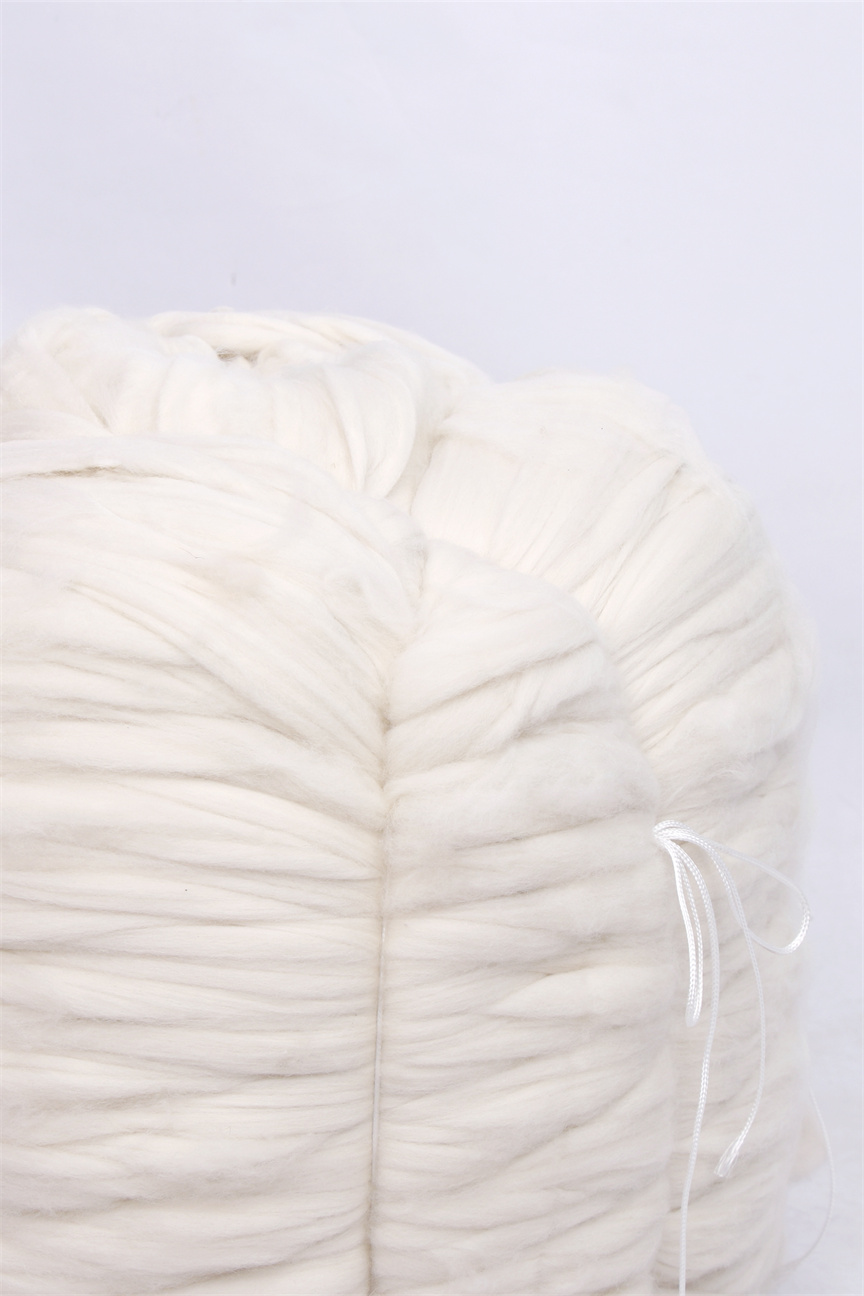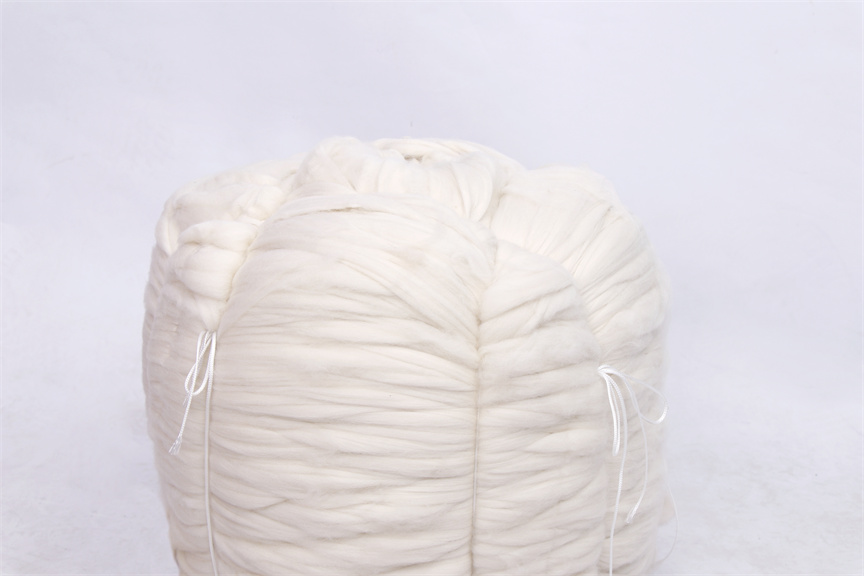The Australian and the Chinese wool growing industries need each other – that is, they are complementary.
If there is any direct competition between Australian wool and Chinese wool, the maximum amount of domestic wool subject to competition is the 18,000 tons (clean basis) of merino style fine wool. This is not a lot of wool.
The future of both industries depends upon China having a strong, viable, internationally competitive, wool textile sector. Different types of raw wool have different end uses. Almost all the Chinese wool clip has different end uses to the wool imported from Australia. Even the 18,000 tons clean of merino style fine wool is likely to end up being used for purposes not normally satisfied by Australian wool.
In the 1989/90 when wool imports were severely curtailed because of the stockpile of domestic raw wool, the mills turned to synthetics rather than use the local wool. The fabrics for which the mills had a market could not be made profitably from the local wool.
If the Chinese wool textile industry is to thrive in the new open economic environment in China, it must have access to a range of different types of raw wool at internationally competitive prices.
The wool textile industry manufactures a huge range of products some of which require high quality raw wool and some raw wool of a lesser quality.
It is in the interests of the wool growing industries in both countries to provide the Chinese mills with this wide range of raw materials so that the mills can meet the ever changing preferences of their customers at least cost.
Allowing Chinese mills free access to imported wool would be a major step in this direction.
At the same time, Australian wool growing interests need to recognize the complementary nature of the Sino-Australian wool industries and give serious thought to how they can best contribute to the modernisation of a specialize Chinese fine wool growing industry.
Post time: May-17-2020





